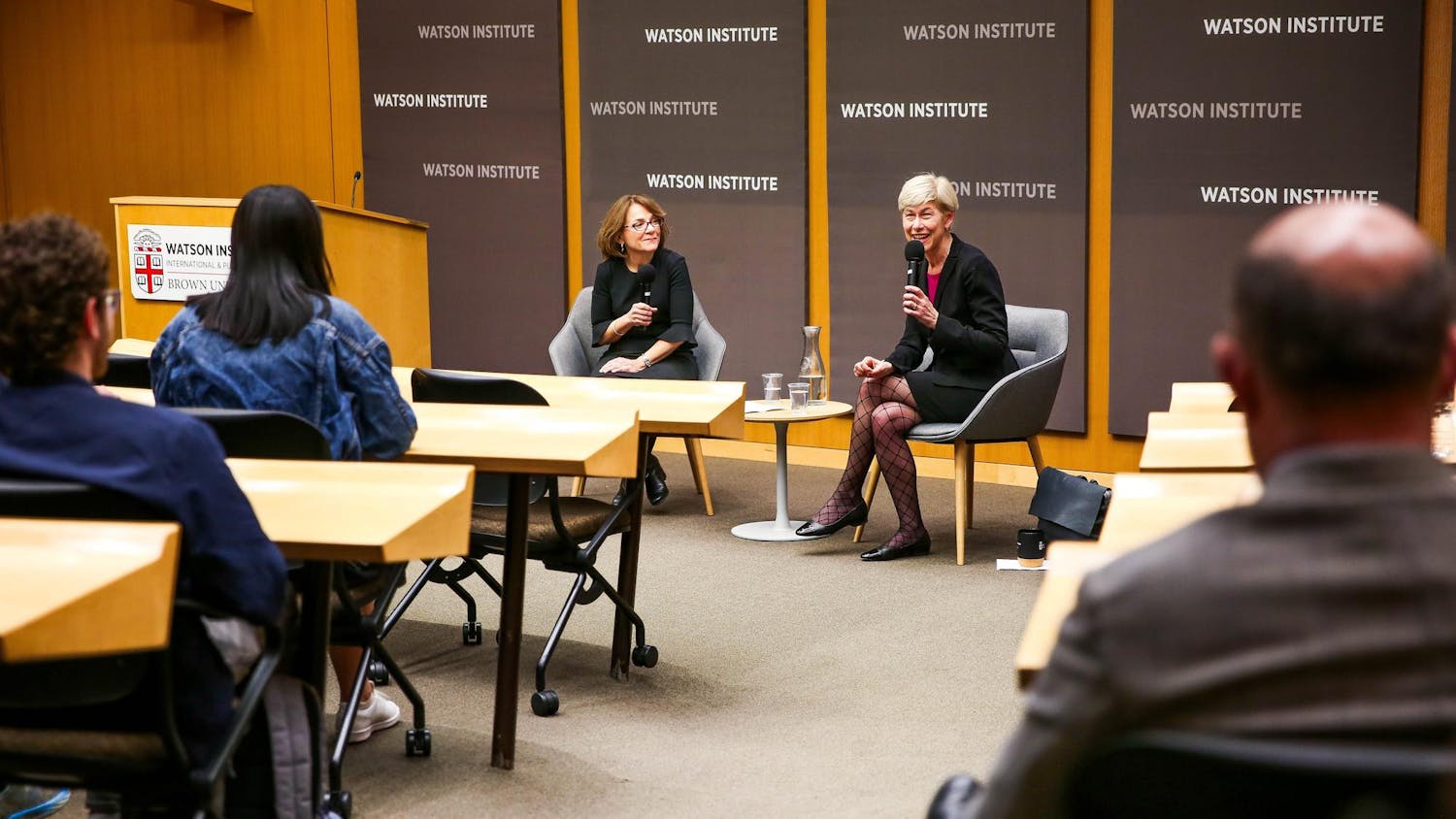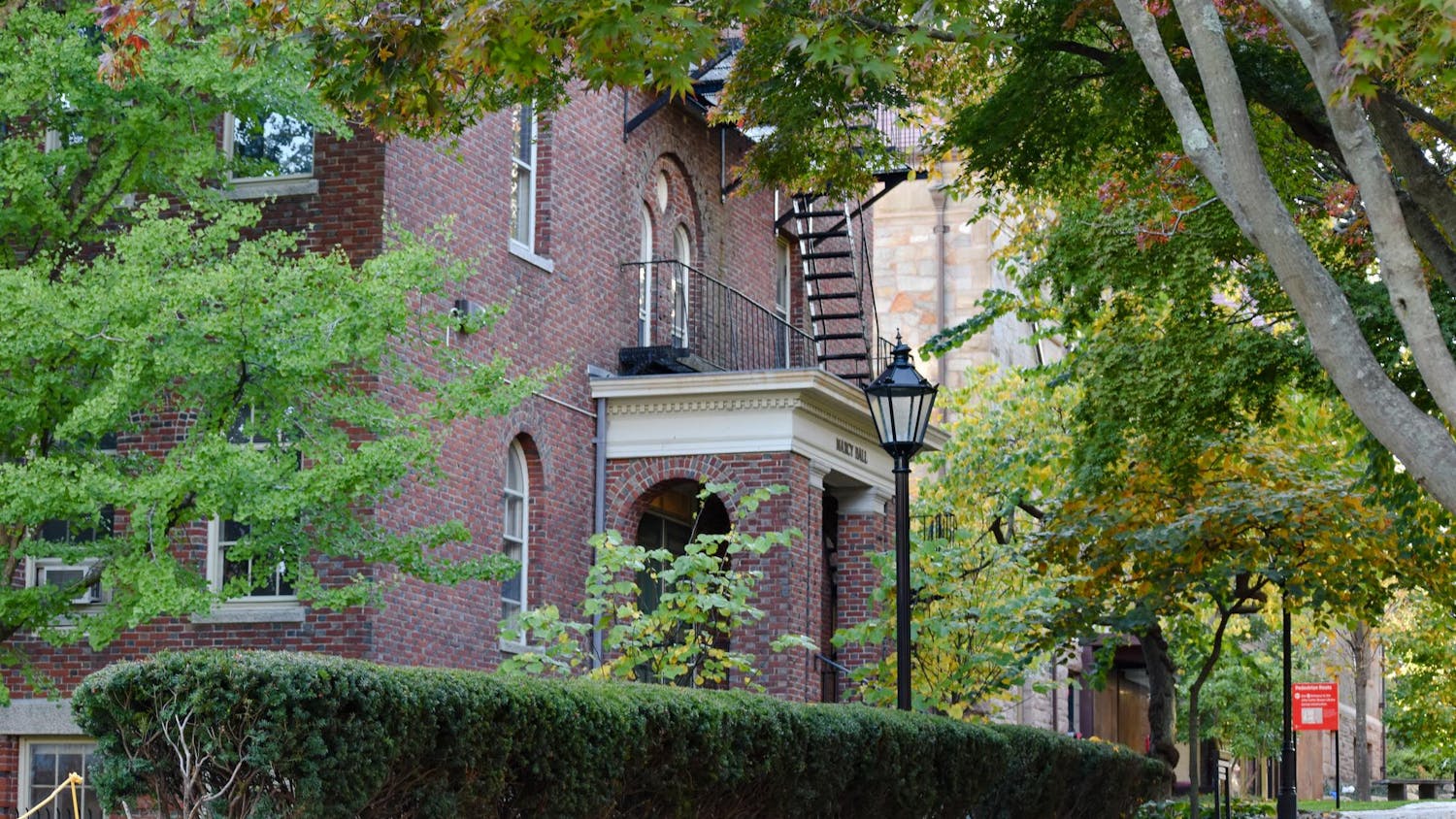Brown joined a multi-university effort to reduce the amount of binge drinking on college campuses this summer. The Learning Collaborative on High-Risk Drinking — spearheaded by Dartmouth President Jim Yong Kim '82 — has garnered support from 32 colleges and universities since its May 2 launch.
Kim began the campaign because he saw increased high-risk alcohol consumption despite recent efforts to combat it, said Margaret Klawunn, vice president for campus life and student services.
Over the next 18 months, teams from the 32 participating institutions will gather for three meetings to brainstorm, test and evaluate strategies to lessen the harms of binge drinking. A team of faculty, staff and students from Brown attended the first meeting June 29.
Klawunn, a member of the Brown delegation, said Kim's medical background has influenced his approach to reducing high-risk drinking. The collaborative "will apply a medical approach to human health," she said.
Marylou McMillan '85, senior director for planning and projects, is also involved with the initiative.
"We are working with faculty at the Brown Center for Alcohol and Addiction Studies," she said, "Their research has influenced our practices and policies to reduce drinking."
But the multi-university initiative differs from traditional approaches. "This new collaborative is about momentum," McMillan said. Rather than spend time on long-term research, the joint initiative will work on a shorter cycle.
Frances Mantak '88, director of health education, said the binge-drinking rate at Brown "is similar to the national rate."
Mantak added that college students' drinking habits are difficult to change because they reflect our culture and laws and are influenced by the alcohol industry and advertising. Once students arrive at Brown, "we must work against 18 years of social habits," which are "hard to change," Mantak said.
Still, "77 percent of Brown students claim to have zero to four drinks on a typical night, a statistic that has been consistent over time," Mantak said.
Yasmine Beydoun '14 was surprised by this statistic. Most students she observes seem to be drinking more than the survey results suggest, she said.
Three levels must be considered when attempting to change students' drinking habits, McMillan said. The first is the environment. For example, Brown can increase late-night funds dedicated to supporting non-alcoholic events and ensure food is present at parties where alcohol is served, she said.
The second level is the community, McMillan said, including "bystander behavior and students' willingness to call EMS."
The third — the individual level — involves arming students with the knowledge to make smart choices, she said.
"Brown has a good, long-standing history of supporting students in their sobriety," Mantak said. She is hopeful the right changes can reduce high-risk drinking.
"If we make a cultural change around alcohol, we can change drinking behavior," Mantak said. "We can choose to make this change."




